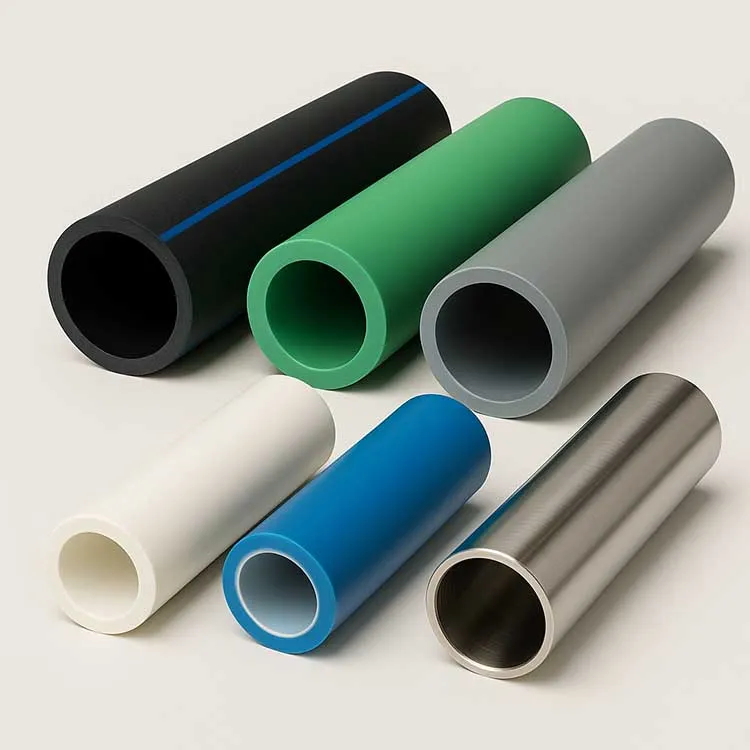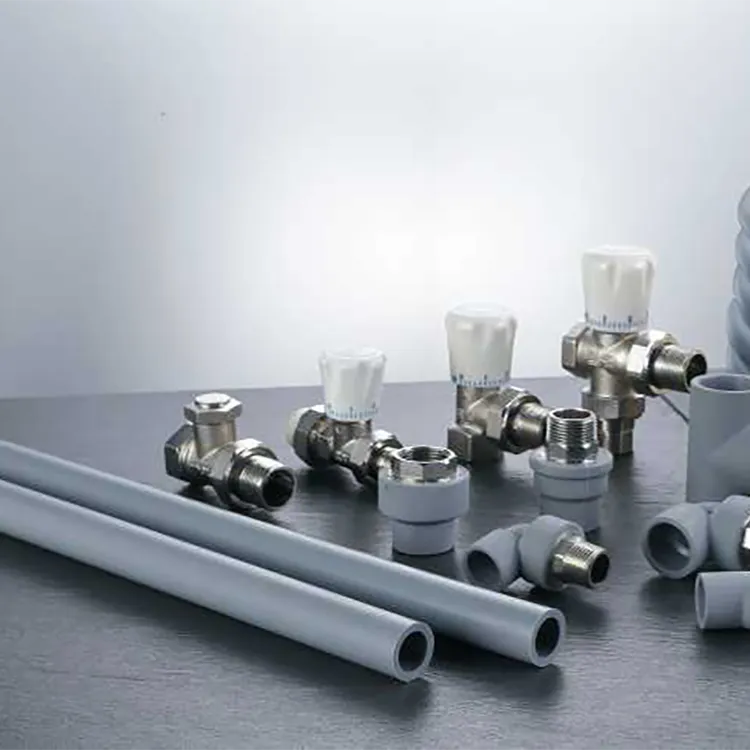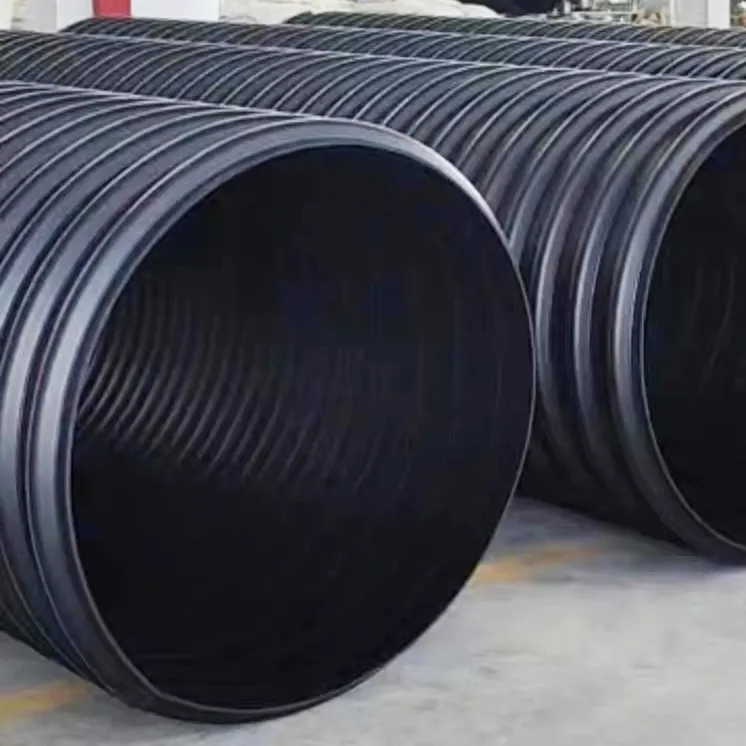If you live in a home that is not connected to a public sewer system, you will need a septic tank to manage your household waste. Traditionally, septic tanks have been made of concrete or steel, but more recently, plastic septic tanks have become increasingly popular. In this article, we will explore the advantages and disadvantages of plastic septic tanks, and provide guidance on how to find plastic septic tanks near you.
Advantages of Plastic Septic Tanks:
1. Cost: One of the biggest advantages of plastic septic tanks is that they are much less expensive than their concrete or steel counterparts. This is because plastic is cheaper to manufacture and transport, making it an attractive option for those on a tight budget.
2. Durability: Plastic septic tanks are made of high-density polyethylene (HDPE), which is a strong, durable material that can withstand the elements and the stresses of underground use. Unlike concrete, which can crack or corrode over time, plastic is resistant to corrosion and will not degrade when exposed to soil or moisture.
3. Lightweight: Plastic septic tanks are much lighter than concrete or steel tanks, which makes them easier to transport and install. This can also reduce installation costs, as heavy equipment may not be required to move and position the tank.
4. Easy to Install: Plastic septic tanks are generally easier to install than concrete or steel tanks. This is because plastic tanks do not require the same level of excavation or heavy equipment to install. They can also be prefabricated to exact specifications, making them easier to fit into tight spaces or irregularly shaped lots.
5. Low Maintenance: Plastic septic tanks require very little maintenance. They do not need to be cleaned as frequently as concrete or steel tanks, and because they are made of non-porous material, they do not allow groundwater to seep into the tank, which can cause problems over time.
Disadvantages of Plastic Septic Tanks:
1. Vulnerability to Temperature Extremes: One disadvantage of plastic septic tanks is that they are vulnerable to temperature extremes. In cold weather, plastic tanks can become brittle and crack, while in hot weather, they can warp and distort. This can compromise the structural integrity of the tank and lead to leaks or other problems.
2. Limited Size Options: Plastic septic tanks are typically smaller in size than concrete or steel tanks. This means that if you have a large household or high water usage, you may need to install multiple tanks, which can be costly.
3. Susceptibility to UV Radiation: Plastic septic tanks can be damaged by prolonged exposure to sunlight and UV radiation. This can cause the tank to become discolored or brittle, which can reduce its lifespan.
4. Environmental Concerns: Some environmentalists are concerned about the impact of plastic septic tanks on the environment. Plastic is not biodegradable, which means that if the tank is ever removed or replaced, it will remain in the environment indefinitely.
Finding Plastic Septic Tanks Near You:
If you have decided that a plastic septic tank is the right choice for your home, the next step is to find a supplier near you. Here are some tips to help you find plastic septic tanks near you:
1. Online Search: A simple online search for "plastic septic tanks near me" should yield a list of local suppliers. You can then research each supplier to learn more about their products, pricing, and installation services.
2. Local Contractors: If you are working with a local contractor to install your septic system, they may be able to recommend a supplier for plastic septic tanks.
3. Local Building Supply Stores: Many building supply stores carry plastic septic tanks, so you may be able to find a supplier at a store near you.
4. Manufacturers: Some manufacturers of plastic septic tanks may have a list of authorized dealers or distributors on their website. You can use this information to find a supplier near you.
5. Local Health Department: Your local health department may have a list of approved septic tank suppliers in your area. This can be a valuable resource, as the health department will only approve suppliers that meet certain standards for quality and safety.
When selecting a supplier for your plastic septic tank, be sure to research their reputation and read customer reviews. This will give you an idea of the quality of their products and their level of customer service.
Installation and Maintenance:
Once you have found a supplier and purchased your plastic septic tank, the next step is to have it installed. It is important to have your septic tank installed by a licensed professional who has experience working with plastic septic tanks. This will ensure that the tank is properly installed and that it meets all local and state codes and regulations.
After your septic tank is installed, it is important to have it regularly inspected and maintained. This will help prevent problems such as leaks, backups, and overflows, which can be costly to repair. Your septic tank should be inspected at least once every three years, and pumped out as needed.
Conclusion:
Plastic septic tanks offer several advantages over traditional concrete or steel tanks, including lower cost, durability, lightweight, ease of installation, and low maintenance. However, there are also some disadvantages to consider, such as vulnerability to temperature extremes, limited size options, susceptibility to UV radiation, and environmental concerns.
If you have decided that a plastic septic tank is the right choice for your home, the next step is to find a reputable supplier and have your tank installed by a licensed professional. With proper installation and maintenance, your plastic septic tank should provide you with many years of reliable service.



981.webp)

 (1)379.webp)

294.webp)
476.webp)
420.webp)
146.webp)
460.webp)
287.webp)
274.webp)
688.webp)


